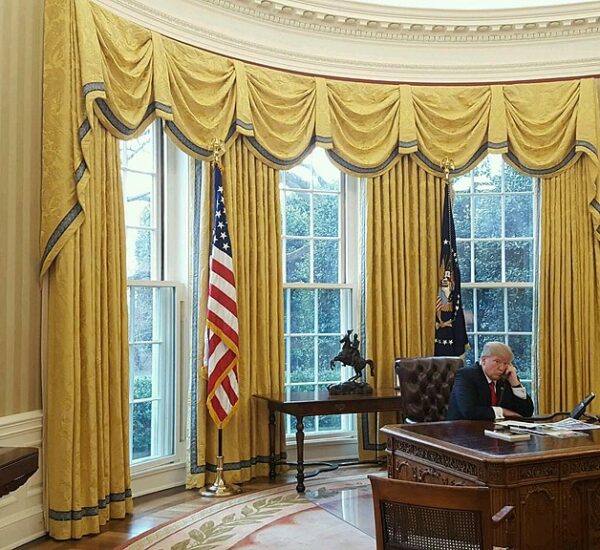Trump Cutting Pell Grant?
In a bold move to restore fiscal responsibility, President Donald Trump’s latest budget proposal calls for a significant overhaul of federal student aid — a system many conservatives believe has fueled out-of-control college costs for decades.
As part of the One Big Beautiful Bill Act, the Trump administration proposes reducing the maximum Pell Grant award from $7,395 to $5,710 annually. Pell Grants, originally created to help low-income students, now fund nearly 40% of all undergraduates, placing a massive financial burden on taxpayers.
Cutting Waste, Promoting Accountability
The Trump budget doesn’t just target Pell Grants — it also calls for reforms to the federal work-study program, which critics say is outdated and ineffective. These changes reflect the administration’s commitment to cutting wasteful government programs while encouraging greater accountability from colleges and universities that have grown rich off federal subsidies.
Liberal Backlash, But Conservatives See Common Sense
As expected, Democrats are sounding the alarm. Sen. Elizabeth Warren (D-MA) claimed the cuts would “defund education to pay for tax breaks.” But supporters of the Trump plan say the real issue isn’t the cuts — it’s the decades of reckless government spending that led to skyrocketing tuition and declining educational value.
Pell Grant Reform: A Necessary Shift
In 2019-2020, over 92% of Pell Grant recipients came from households making under $60,000. While this sounds noble on the surface, critics argue that endless grants have empowered colleges to hike tuition without consequence — knowing that Washington will pick up the tab.
“We need real education reform,” said a senior policy advisor aligned with the Trump agenda. “Not more taxpayer giveaways to bloated universities that churn out degrees with no market value.”
Time for a Better Path Forward
Instead of continuing to subsidize failing institutions, the Trump administration is focused on career-based education, apprenticeships, and freedom of choice in higher learning. With student debt ballooning and college degrees offering fewer guarantees, the time for tough choices — and smarter spending — is now.







“Republican Says Musk Was Never MAGA, You Agree?”
i don’t agree. being “MAGA” does NOT mean agreeing with President Trump nor the GOP leadership 100% of the time. it DOES mean that you’re in favor with ANYTHING that realigns the USA with the US Constitution. Elon’s attempt at heading up DOGE (from what i understand) was to make drastic cuts to the over-bloated federal spending in an effort to bring the federal spending in line with the US Constitution. this includes taking steps to eliminate the gov’t’s national debt as well as to forcibly remove the politicians’ hands from the taxpayers pockets. unfortunately, the GOP majority in congress has NOT changed over the years for the better. instead, they are maintaining the same ol’ status quo of talking a big talk but NEVER successfully acting/accomplishing the tasks at hand as mandated by their constituents. in some ways, the GOP leadership is more scummy than the t r a i t o r o u s, communist democrats. at least with the democrats, you KNOW what you’re getting (ie, a bunch of t r a i t o r o u s, communistic haters of the US Constitution and the American way of life, liberty and the pursuit of happiness). most of the GOP leadership are what i call “closet democrats”. they demonstrate this daily with their big talk and no action.
as for President Trump, with all due respect, his so-called “big, beautiful bill”, from what i’ve seen, seems to be an attempt at being too little too late when it comes to cutting the putrid fat from the over-bloated federal budget. of course, maybe this anemic attempt by President Trump is more due to the t r a i t o r o u s so-called “judges” that are fighting against him to keep him from doing his Constitutionally approved job. IOW, maybe his proposed “big, beautiful bill” is, on purpose, a watered down version of what he really wants (ie, which would be more in-line with what Elon was trying to get accomplished). he’s possibly taking small steps because he knows that a budget that really cuts the fat won’t stand a chance against the swamp. that is, he might be sacrificing this battle in order to win the war.